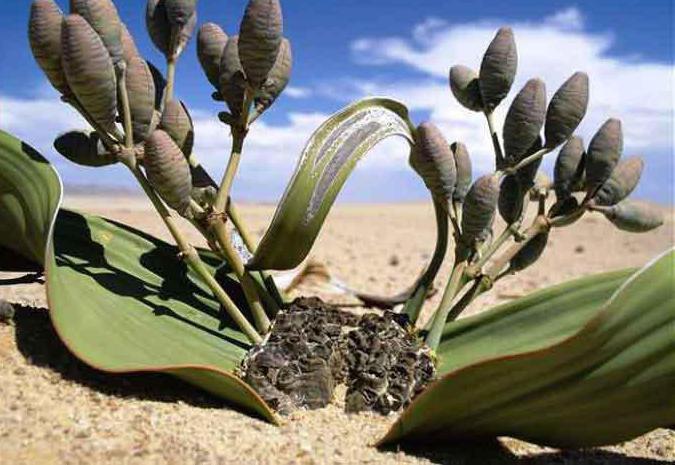
A special role in the evolution of the organic world is played byflowering plants. The organs of flowering plants reached a sufficiently high level of development, providing this group of organisms with a dominant position on the planet. Today they are found on almost every continent. For comparison, you can provide statistics that contain a section of the school course of botany "Bodies of flowering plants" (6 class). Namely: among all higher plants of 850 species there are representatives of gymnosperms, and 250 thousand - flowering plants.
Angiosperms are plants that form a flower and a fruit.
All the organs of plants can be combined into two groups. Vegetative include shoot, consisting of a stem and leaf, as well as the underground part - the root. Generative are the flower, the fruit and the seeds. They have only flowering plants. The organs of flowering plants, depending on the characteristics of the structure, perform certain functions. They all play an important role in the functioning of organisms, making them viable and adaptable to habitat conditions.

The organs and functions of the flowering plant are interrelated. Let's consider the structure of each of them in more detail.
In the textbook of biology in the theme "Bodies of floweringplants "(Grade 6) defines the concept of" root. "This is an underground organ that provides soil anchoring, nutrition with mineral substances, water supply, ascending current and vegetative reproduction.
Different types of roots have flowering plants. The organs of flowering plants are diverse. Distinguish the main root, subordinate and lateral. They combine special structures. Their name is the root system.
Systematics distinguish the core and fibrous root systems. The first is formed by a single main root and the lateral ones departing from it. It is typical for representatives of the class Dicotyledons.
Uterine grows in a bundle immediately from the shoot. It is typical for all members of the Monocotyledon family. This, for example, cereals, lily and onions. Each of the systems has several advantages. For example, plants with a long main root can easily extract moisture from a great depth. A furry system provides a large suction area.
The great variety of the aboveground partare characterized by flowering plants. The organs of flowering plants sometimes change depending on environmental conditions. This is the adaptive ability of escape.
Its axial part is called the stem. The sites on which the leaves develop are knots, and the distances between them are internodes. The angle between the plate and the stem forms the sinus leaf.

The lateral parts of the stem also differdiversity. Leaves with one leaf plate are called simple, with several - complex. In different ways, they can be located on the plant. For example, leaves of birch and sunflower - alternately in a spiral, and in lilac and maple - opposite each other. A leafy sheet is a leafy one, in which the plates develop in the number of three or more in one knot.

All vegetative organs perform the functions of asexual reproduction, mineral nutrition, photosynthesis and transpiration.
A special organ of the flowering plant, where thecells of sexual reproduction, is a flower. Its main parts are pistil and stamen. In them, the formation of sex cells occurs. The result of their merging is the seed. It consists of an embryo formed by a rootlet, a stalk, a leaf and a kidney, and a shell.
The process of fertilization in flowering plantspollination is preceded by the transfer of pollen from the stamen to the pistil. This happens with the help of insects, man or wind. Further, when the female sex cell and a single sperm merge, an embryo is formed. The second is connected to the central germ cell, forming the endosperm. It is a reserve nutrient that the fetus uses to carry out growth and development processes.

A seed surrounded by shells is called a fruit. They are also diverse. By the structure of the pericarp, dry and juicy are isolated, and by the number of seeds - single and multi-seeded. With the help of fruits, spreading and spreading of plants occurs. Man, in turn, uses them as a food product. He also controls the number of plants used for his own purposes.
The organs of flowering plants often impress with their shape and size.
The representative of Gymnospermic Velvichia is amazingvisually resembles a tangle of snakes. This is how its long, wide leaves look, reaching a length of up to two meters. The plant grows on deserted open landscapes, where strong streams of wind tear along the leaves of Velvetichia. This creates the effect of a snake's nest. And the escape of an amazing plant itself is underground.

Under the supporting roots of the ficus-banyan, the number of which is about 4 thousand, can comfortably accommodate 5,000 people.
Modified leaves of sardine and pemphigus are verysticky, have specialized digestive glands or closed traps. The thing is that they are predator plants capable of digesting proteins of animal origin. They can eat small insects, crustaceans and fish fry.
The vegetative and generative organs of flowering plants have a complex structure that determines the performance of functions and ensures their predominance on the Earth.
</ p>>